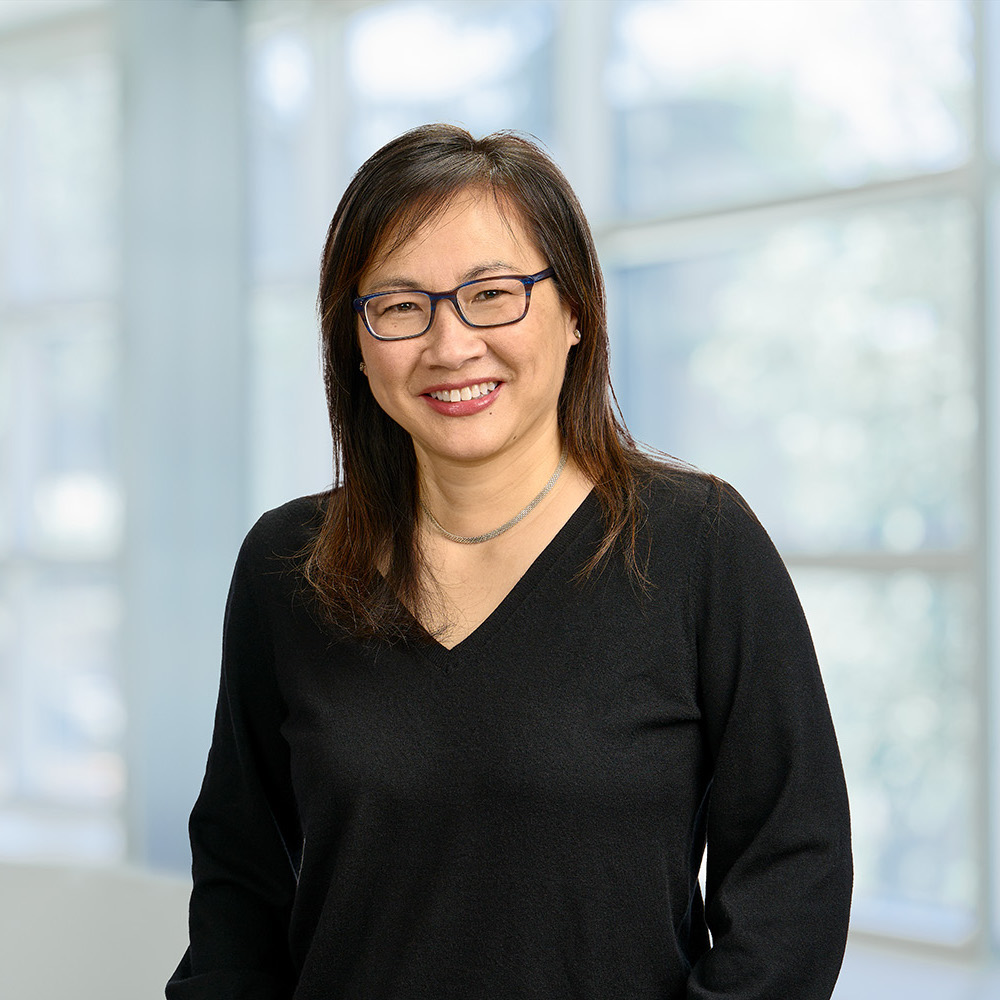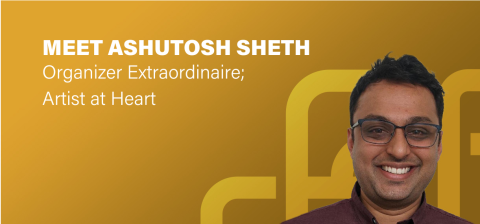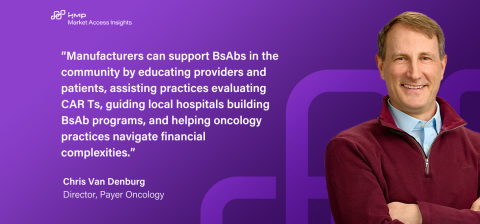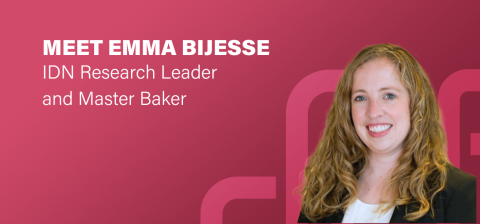

Article
Routine Access for Cancer Drugs in IDNs: More Than Just a Click Away
May 12, 2022Authors
Topics
Welcome to the May edition of our Monthly Insight Series. MAI conducts a Brand Survey as part of our annual IDN Trend Survey. For 2022, we continued this tradition as we set out to understand the prescribing burden for IDN oncologists.

Greetings from San Mateo!
Our sponsors know that HMP Global Market Access Insights (MAI) conducts a Brand Survey as part of our annual IDN Trend Survey. For 2022, we continued this tradition as we set out to understand the prescribing burden for IDN oncologists, across 10 tumor types and 90 brands.
MAI defines “routine access” as the condition in which a cancer drug is available for ordering through an EMR with no additional work on the doctors’ part beyond selecting a regimen or order set. We queried 138 oncology pharmacists based on our definition of “routine access” to ordering drugs in EHR, defined as:
Low Prescribing Burden: where an Rx order receives routine review or approval. This constitutes “routine access”
Medium Prescribing Burden: where an Rx order is likely to trigger utilization or clinical guideline review with some justification required, although that justification may be automated
High Prescribing Burden: where an Rx order may include a highly restrictive internal approval process, or compliance with a restrictive pathway, and/or an individual review for each patient
The Results

An average oncology brand is subjected to low prescribing burden, or “routine access,” for 25% of the providers. The burden placed on a particular brand varied across providers from different institutions.
Conversely, an average brand is subjected to high prescribing burden for 23% of providers. High prescribing burden level is generally consistent across the 10 tumor types queried: NHL is the disease area in which the highest average prescribing burden level is reported, triggered by multiple CAR-T treatments
Given the variety of brands surveyed, some respondents are not familiar with certain brands and the respective access.
For more information on prescribing burden for individual brands, and the clinical controls and strategies employed by IDNs, stay tuned for our sponsor report presentations in May and June.
As always, please reach out with any comments and questions you may have.
All the best...
-- HMP Market Access Insights Team
The Latest
Article
Meet Ashu: Organizer & Researcher Extraordinaire; Artist at Heart
Ashu is the glue that keeps our team organized and running smoothly. This year, he’s been particularly fascinated by the growing consolidation among community practices and how it’s reshaping the oncology landscape.
Ashutosh ShethArticle
Beyond AMCs: CAR Ts and Bispecifics in Community Oncology
CAR T-cell and BsAb therapies are powerful but largely confined to AMCs, limiting patient access. Our latest report explores how expanding to community oncology could improve access, addressing key clinical, logistical, and financial challenges.
Chris Van DenburgArticle
Meet Emma: Research Leader and Master Baker
Not only does Emma have over a decade of experience supporting academic health systems and integrated delivery networks (IDNs), but she’s also the go-to for a delicious apple pie.
Emma Bijesse





